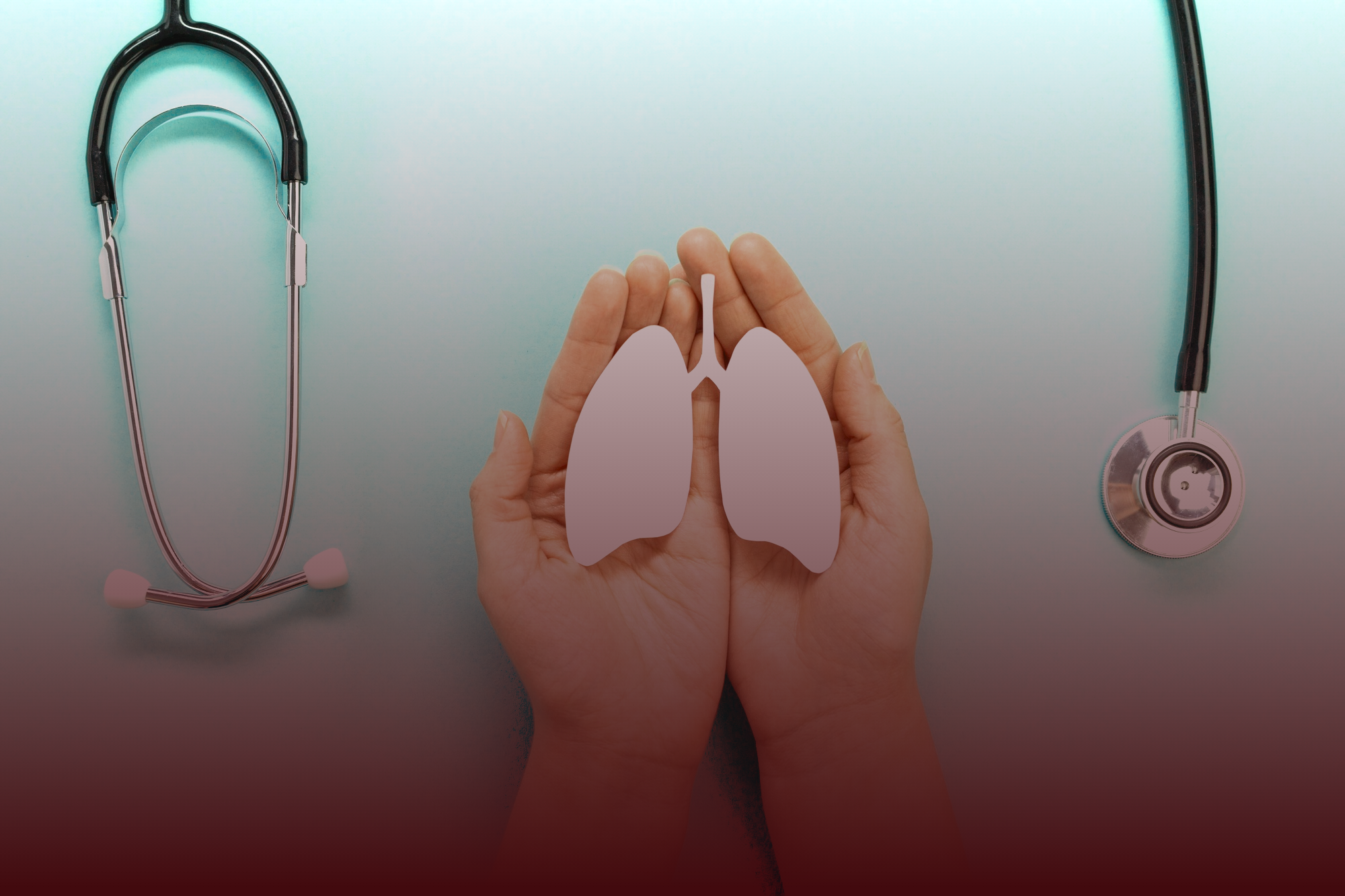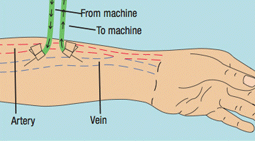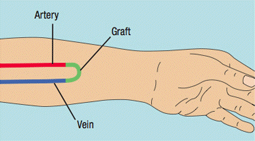
Haemodialysis
What is HD and how does it work?
Haemodialysis removes wastes and excess fluid outside your body. During a haemodialysis treatment in a dialysis centre, blood is removed from your body and pumped by a machine through a dialyzer.
The dialyzer is the semipermeable membrane that cleans your blood. While having your treatment, you sit or lie next to a haemodialysis machine. A nurse or technician puts two needles into a vein in your forearm called an access. One needle is connected to tubing, which takes your blood out of your body to be cleaned.
Dialysis does not hurt, although some people do feel nauseated or dizzy during parts of the treatment. Mostly, haemodialysis is a quiet time. During treatments, most people keep busy doing things like watching TV, reading or talking.
Most people need haemodialysis three times a week. Each treatment lasts about four hours. Haemodialysis access
To place an access to get your blood, a surgeon will perform an operation to strengthen one of your veins or to put a soft tube inside your arm or thigh.
If possible, the surgeon will attach a vein and an artery together to form a fistula. If your veins are small or weak, the surgeon inserts a graft instead. This is a soft tube connected to an artery on one end and a vein on the other. Both a fistula and a graft are underneath the skin. Placing the access requires a small surgical procedure. A permanent access takes a few months to mature properly before it can be used.

A fistula is the surgical linking of an artery to a vein, providing access to blood vessels.

A graft is a tube surgically placed under the skin linking an artery to a vein.
If you need dialysis before a permanent access is in place, the doctor will create a temporary access. This is done by placing a special tube, called a catheter, in a large blood vessel under the collarbone or in the leg (groin).
Caring for a haemodialysis access :
Check your access every day to be sure that blood is flowing through it. You can do this by placing your fingers lightly over the access to feel the pulse.
Don’t put pressure on the access; it can cause clotting.
Don’t sleep on the access arm.
Don’t hold a child or anything heavy with the arm that has the access.
Don’t wear jewellery or tight clothing over the access.
Don’t let anyone draw blood or take your blood pressure in the arm with your access.
